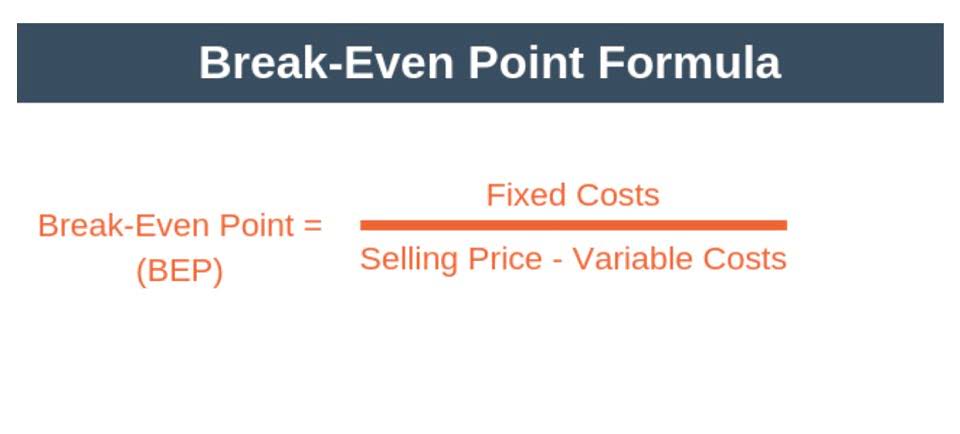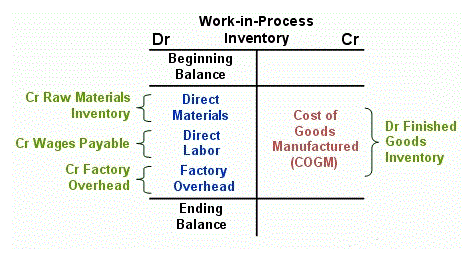
The post-closing trial balance also closes dividend accounts, which affects retained earnings. Furthermore, it ensures that the sum of the debit and credit balances at the end is equal. If the trial balance contains equal debit and credit sides, the balance sheet will then balance. The debit and credit columns, like the unadjusted and adjusted trial balances, are calculated at the bottom of a trial balance. Thus, the post-closing trial balance is only useful if the accountant is manually preparing accounting information. For this reason, most procedures for closing the books do not include a step for printing and reviewing the post-closing trial balance.
- For this reason, most procedures for closing the books do not include a step for printing and reviewing the post-closing trial balance.
- In other words, your accounts have been balanced out correctly arithmetically.
- One common issue encountered during the post-closing trial balance is the presence of unbalanced accounts.
- Debits are used to record increases in assets and expenses and decreases in liabilities and revenues.
- This highlights the role of these trial balances in keeping accounts clear.
- The financial reporting world relies on accurate ledgers and balances.
Common challenges and errors to watch out for
The post-closing trial balance confirms their reports are correct, meeting SEC and FASB standards. It’s crucial for a post-closing trial balance reports: maintaining trustworthy financial statements and meeting regulatory and investor expectations. The post closing trial balance is a list of all accounts and their balances after the closing entries have been journalized and posted to the ledger. In other words, the post closing trial balance is a list of accounts or permanent accounts that still have balances after the closing entries have been made. Incorrect postings can also cause issues in the post-closing trial balance. Errors such as posting to the wrong account or using incorrect amounts can disrupt the balance.
Audit Preparedness
Notice that the post-closing trial bookkeeping balance prepared above lists only permanent or balance sheet accounts. The balances of all temporary accounts (i.e., revenue, expense, dividend, and income summary accounts) have turned to zero because of the above mentioned closing entries. These temporary accounts have therefore not been listed in the post-closing trial balance. Equity represents the residual interest in the assets of a company after deducting liabilities. It includes accounts such as common stock, retained earnings, and additional paid-in capital.

Purpose of the Post-Closing Trial Balance
Preparing the trial balance is usually the final step before reporting the financial statements. It also serves as a final check on the numbers that will appear on those statements. The trial balance, on the other hand, can take numerous forms, including adjusted and post-closing trial balances. Preparing the post-closing trial balance follows the same steps as preparing the unadjusted trial balance and adjusted trial balance. On the post-closing trial balance, only permanent account balances should appear. These amounts in post-closing T-accounts are transferred to the post-closing trial balance’s debit or credit column.

Mastering the Final Step: The Essential Role of the Post-Closing Trial Balance in the Accounting Cycle
- Incorrect postings can also cause issues in the post-closing trial balance.
- In the first and second closing entries, the balances of Service Revenue and the various expense accounts were actually transferred to Income Summary, which is a temporary account.
- For instance, they might notice that accounts receivable increased drastically over the year and look into the details to see why.
- Its goal is to verify the equality of debits and credits once closing entries have been produced and posted.
That is, the total dollar amount of debit and credit balances in each of the accounts must match at the end of the financial period. Your post-closing trial balance must be balanced, meaning total debits equal total credits. If they don’t, it indicates an error in the closing process that needs to be addressed. Common mistakes include miscalculations, failing to transfer all temporary account balances, or accidentally posting transactions to the wrong account.

Post-Closing Trial Balance: Definition, Purpose, and Preparation

A trial balance is used to ensure that the total debits equal total credits in the ledger, which helps in detecting any arithmetic errors in the accounting records. In summary, the post-closing trial balance serves as a critical checkpoint in the accounting cycle. It validates the closing process and sets the stage for the next accounting period. By finalizing the books accurately, it contributes to the overall transparency and reliability of financial reporting. In the post-closing trial balance, only permanent accounts are carried forward to the next accounting period. These include assets, liabilities, and equity, which form the foundation of a company’s financial position.
- The purpose of a post-closing trial balance is to check debits and credits after the closing entries have been made.
- Companies prepare them for usage in the upcoming accounting period by doing so.
- The trial balance provides the dollar amount of each account, which is used to prepare accurate financial statements that reflect the financial position of the business.
- This step ensures that all temporary accounts have been closed out and that only permanent accounts, such as assets, liabilities, and equity, remain on the ledger.
How does the post-closing trial balance impact financial reporting?
The adjusted trial balance is a list of all accounts and their balances after adjusting entries have been made. The adjusted trial balance is used to prepare the income statement, statement of retained earnings, and balance sheet. Besides this, it also shows Bookkeeping for Veterinarians the adjustment entries in case there are any. Further, your trial reveals the unadjusted and adjusted balances of various ledger accounts. You need to make adjustment entries in case of any accounting errors, as stated above.

What is the Purpose of the Post-Closing Trial Balance?
The trial balance is used to ensure that the total debits and credits of all accounts are equal, which is a crucial step in preparing the income statement. The income statement provides information on a company’s ability to generate profits. This step is crucial as it resets the temporary accounts to zero, readying them for the next accounting period. Once the temporary accounts are closed, only the balances of permanent accounts, like assets, liabilities, and equity, remain. The post-closing trial balance lists these balances, providing a clear snapshot of the company’s financial standing at the end of the period. A trial balance is a financial report that lists the balances of all general ledger accounts of a business at a specific point in time.

Recent Comments